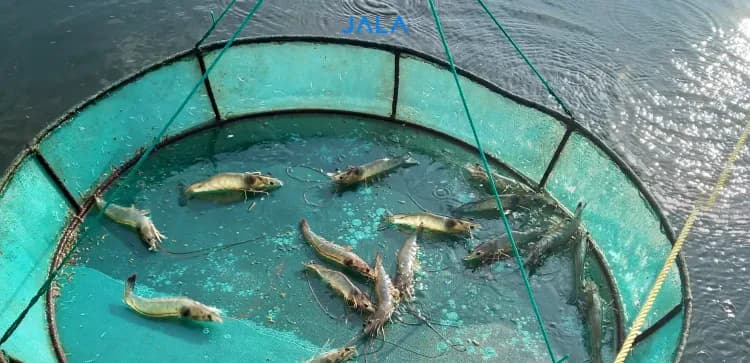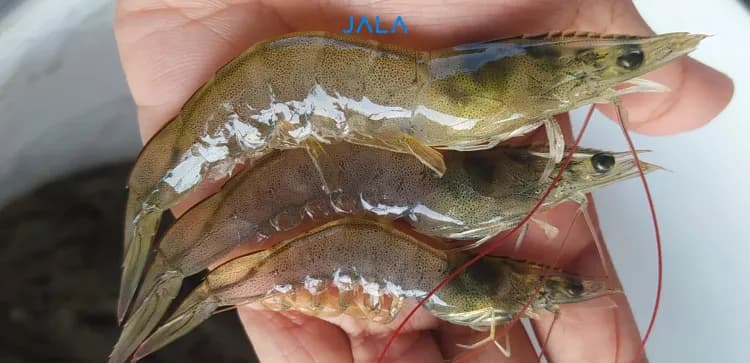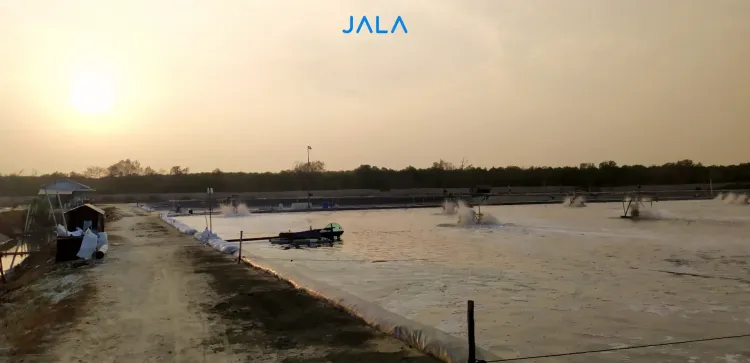
Global warming can be associated with vibriosis and the spread of Vibrio spp. mainly due to temperature changes. Several Vibrio species positively affected by rising temperatures include V. alginolyticus, V. anguillarum, V. cholera, V. coralliilyticus, V. costicola, V. harveyi, V. parahaemolyticus, V. salmonicida, V. shiloi, and V. vulnificus. Due to the temperature rise, the distribution of Vibrio spp. has been reported to expand from the southern tropics to northern waters.
One of the causes of global warming is the rising amount of waste in the ocean, in which 80% of it is plastic waste, especially microplastics. These microplastics can be a medium for expanding the reach of pathogenic bacteria. Bacteria can grow to form their habitat in plastic waste, and it is then referred to as the plastisphere, which contains Vibrio spp. and found in large numbers especially in summer.
How Vibrio extends its reach and increases its virulence
Spread along with rising temperature
Infection by Vibrio spp. is seasonal. However, the Vibrio season extends as temperatures get warmer into the autumn months. The ideal temperature for the growth of Vibrio spp. is more than 15°C with optimal growth at 25°C. Even so, the infection rate of Vibrio will increase if there is a rise in sea level.
Climate events in the United States during El Nino which include changes in sea surface temperature, air temperature, wind anomalies, and pressure may increase cases of vibriosis in the United States. Meanwhile in Indonesia, the potential for Vp infection to cause AHPND (Acute Hepatopancreatic Necrosis Disease) also continues to increase, especially with the tropical climate conditions in Indonesia where the weather gets hotter and causes temperature fluctuations in the waters.
The level of adaptation and survival of Vp depends on the level of response to its environment. Vp can produce and release toxins at the right time, such as when there is a fluctuation in temperature from high to low between 32°C to 22°C. Changes in environmental temperature both short-term and long term significantly affect the concentration of Vibrio pathogens in seawater. Temperature is one of the factors that is often correlated with the presence of Vibrio, concentration, and level of pathogenicity.
Spreading by using microplastic waste
In expanding their reach, bacteria form biofilms in abiotic and biotic environments, colonize, communicate (quorum sensing), and express their pathogenicity. These microplastics bring advantages in the formation of biofilms for bacteria. This has been proven in one Vibrio species, namely V. parahaemolyticus (Vp).
Survive stronger in extreme conditions
Vibrio has a wide tolerance for several environmental parameters including temperature. Warmer temperatures are known to increase Vp growth and expression of virulence factors involved in biofilm formation on abiotic surfaces and toxin synthesis. These bacteria are able to survive in dormant conditions, meaning it lives but cannot grow within more than 150 days. Vp can recover its regrowth when conditions are favorable such as high temperatures. These factors play an important role in the level of its pathogenicity.
Vp has a better growth rate and ability to utilize nutrients than other Vibrios. Vp includes halophilic bacteria found in all seas, islands, and estuaries with a 0.5-10% NaCl content. In other bacteria, the NaCl content that is too low or too high has the potential to affect slow growth, but Vp is different. This bacteria can actually increase its virulence when temperature and salinity change.
Human activities have caused climate change events, including rising ocean temperatures. It turns out to have a potential hazard for shrimp farming because it creates more ideal conditions for pathogenic bacteria. In addition, the high level of undetectable microplastic can be a medium for bacterial growth which can spread extensively.
Source:
Billaud M, Seneca F, Tambutte E, Czerucka D. 2022. An increase of seawater temperature upregulates the expression of Vibrio parahaemolyticus virulence factors implicated in adhesion and biofilm formation. Frontiers in Microbiology. Volume 13. https://doi.org/10.3389/fmicb.2022.840628.
Sheikh HI, Najiah M, Fadhlina A, Laith AA, Nor MM, Jalal KCA, Kasan NA. 2022. Temperature upshift mostly but ot always enhances the growth of Vibrio species: A systematic review. Frontiers in Marine Science. https://doi.org/10.3389/fmars.2022.959830.
Suryana A, Asih ENN, Insafitri. Fenomena infeksi Acute Hepatopancreatic Necrosis Disease pada budidaya udang vaname di Kabupaten Bangkalan. 2023. Journal of Marine Research. 12(2): 212-220. doi : 10.14710/jmr.v12i2.35632.





